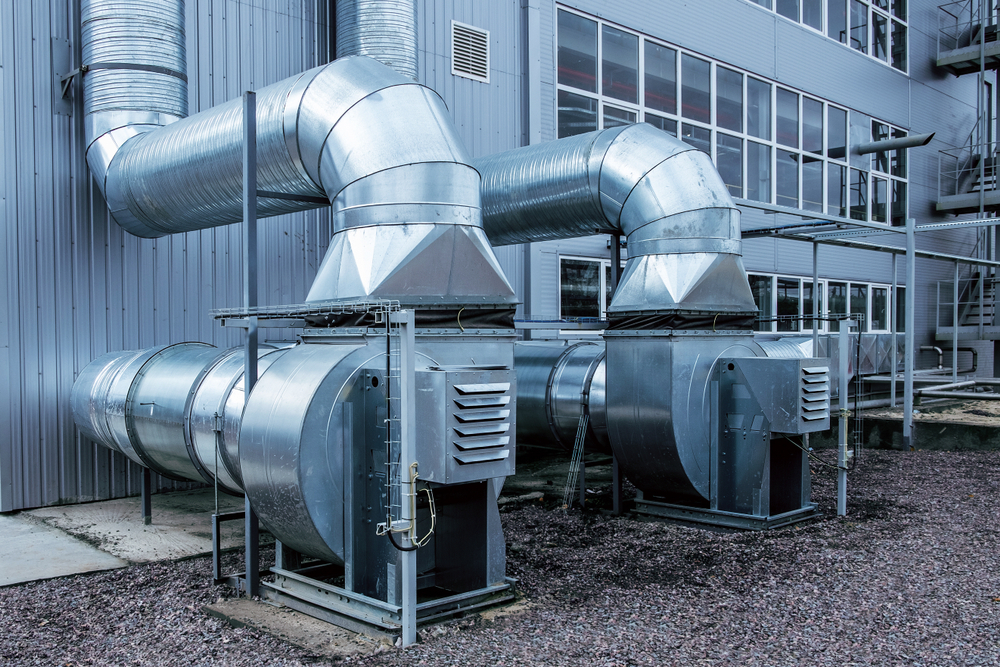In modern industrial operations, Dust & Fume Systems are indispensable for maintaining safe, compliant, and productive workplaces. These systems mitigate health risks posed by airborne contaminants, prevent equipment degradation, and ensure adherence to stringent air quality regulations. This article explores the critical components, design principles, optimization strategies, and real-world applications of Dust & Fume Systems, providing insights into their role across diverse industries.
1. The Importance of Dust & Fume Systems
Industrial processes such as welding, mining, metalworking, and chemical manufacturing generate hazardous particulate matter and toxic fumes. Prolonged exposure to these contaminants can lead to respiratory diseases, occupational pneumoconiosis, and even fatal explosions in cases of combustible dust accumulation 1317. For instance, in China alone, occupational pneumoconiosis accounted for 11,809 out of 15,407 new occupational disease cases reported in 2021 13.
Dust & Fume Systems address these challenges by:
Capturing contaminants at the source (e.g., welding fumes, coal dust).
Filtering harmful particles to meet air quality standards.
Reducing explosion risks associated with combustible dust.
Enhancing operational efficiency by minimizing equipment wear and downtime.
2. Key Components of Dust & Fume Systems
A well-designed system integrates several components to ensure optimal performance:
A. Capture Hoods and Enclosures
These are positioned near contamination sources (e.g., welding stations, grinding tools) to capture airborne particles before they disperse. Effective hood design considers airflow dynamics and worker proximity to hazardous zones 1718.
B. Ductwork and Conveyance Systems
Ducts transport contaminants to filtration units. Proper sizing is critical: undersized ducts cause blockages and increased energy consumption, while oversized ducts reduce airflow velocity, allowing particles to settle. For example, steel grinding dust requires a minimum transport velocity of 3,500 feet per minute (fpm) to prevent settling 14.
C. Dust Collectors
Baghouse Collectors: Ideal for high-temperature or sticky dust, using fabric filters to trap large particles.
Cartridge Collectors: Efficient for fine particles (as small as 0.5 microns), commonly used in metalworking.
Cyclone Collectors: Utilize centrifugal force to separate larger particles, often paired with secondary filtration 18.
D. Fans and Blowers
These maintain airflow through the system. Variable Frequency Drives (VFDs) optimize fan speed, reducing energy costs by up to 60% while maintaining consistent airflow 16.
E. Filtration Media
Filter selection depends on dust properties. For example, fiberglass filters handle high temperatures, while polyester filters are cost-effective for general applications. The air-to-cloth ratio determines filter longevity and efficiency 18.
3. Design Considerations for Optimal Performance
Designing an effective Dust & Fume System requires a holistic approach:
A. Workspace Layout and Airflow Analysis
CFD (Computational Fluid Dynamics) simulations model airflow patterns, identifying contamination hotspots. For instance, studies in gas tunnels revealed that a 7:3 pressure-to-extraction ratio optimally controls both dust (700 mg/m³) and gas concentrations 13.
B. Compliance with Safety Standards
Systems handling combustible dust (e.g., coal, wood) must integrate explosion vents, spark detection, and NFPA-compliant duct reinforcement. The NFPA mandates minimum transport velocities (e.g., 4,500 fpm for grain dust) to prevent hazardous accumulations 1618.
C. Energy Efficiency
Optimizing airflow reduces energy costs. For example, retrofitting a system with VFDs can lower annual operating expenses by 4,500–4,500–18,000, depending on electricity rates 16.
D. Maintenance Accessibility
Routine inspections and filter replacements are vital. Cartridge collectors simplify maintenance with easy-to-replace components, whereas baghouses require frequent fabric filter changes 18.
4. Case Studies: Real-World Applications
Case 1: Gas Tunnel Ventilation in Guizhou, China
A gas tunnel excavation faced dual challenges of coal dust (2,000 mg/m³) and methane gas concentrations exceeding 0.9%. CFD simulations identified a 7:3 pressure-to-extraction ventilation ratio as optimal, reducing dust to 700 mg/m³ and eliminating gas accumulation risks 13.
Case 2: Welding Fume Control
A welding plant implemented a push-pull ventilation system with an air change rate of 5.5 times per hour. This reduced hexavalent chromium exposure by 80%, aligning with occupational safety guidelines 17.
5. Emerging Trends and Innovations
Smart Monitoring Systems: IoT-enabled sensors track airflow, pressure, and filter status in real time, enabling predictive maintenance.
Hybrid Filtration: Combining cyclone pre-separators with HEPA filters enhances efficiency for mixed particle sizes.
Sustainable Practices: Recycling captured materials (e.g., metal dust) reduces waste and operational costs.
6. Challenges and Solutions
Dust Explosions: Implementing spark detection and isolation valves mitigates risks 18.
System Imbalance: Blast gates regulate airflow distribution, preventing leaks and pressure drops 18.
High Energy Costs: VFDs and optimized duct design lower energy consumption by 20–40% 16.
Conclusion
Dust & Fume Systems are the backbone of industrial safety and efficiency, safeguarding workers while enhancing productivity. From CFD-driven designs to smart filtration technologies, advancements continue to refine these systems. As industries evolve, prioritizing adaptable, energy-efficient solutions will remain critical to meeting regulatory demands and fostering sustainable operations.
By integrating robust engineering, compliance adherence, and innovative technologies, businesses can create Dust & Fume Systems that not only protect human health but also drive long-term operational success.









